This portrait was painted just prior to 1733, when Crown Prince Frederick of Prussia was ordered by his father to marry Elisabeth Christine. As a result of this forced marriage, Frederick was resentful from the beginning. Initially, Frederick was garrisoned in Ruppin while Elisabeth Christina lived in Berlin at court, later they lived at Rheinsberg. When her father-in-law died in 1740, and she and Frederick became King and Queen of Prussia, he no longer needed her influence and they lived separate lives and only met at official functions; she was never invited to Potsdam, nor did she accompany him on his travels. The Berlin court was without its King, it was left to Elisabeth Christina, the Queen Dowager, Sophia Dorothea of Hanover, and Frederick’s siblings. Frederick despised the court routine, which Elisabeth Christine now had to uphold.
Frederick died in 1786 and was succeeded as King of Prussia by his nephew, now King Frederick William II. Elisabeth Christine died on 13th January 1797. The following words were spoken during her funeral sermon, “The voice of impartial truth renders the deepest and most affectionate tribute of veneration to the long course of truly majestic and noble deeds which her life displayed. I have been an observant witness of her conduct for fifty years, and, from year to year, my reverence for her has increased, and I thankfully praise God when I see how much good has been affected by Her Majesty’s example and active exertions, both for the religion, education, hearts, manners and happiness of all classes.”
The distinctive qualities of the French born artist Antoine Pesne are evident, most notably in the sharp clarity of the figure. Stylistically there is a suggestion of continental sophistication, but in a workmanlike manner without the frivolity used by many French painters of the period. The work is presented in its original rococo frame.
Antoine Pesne (1683-1757), French-born Rococo painter of historical subjects and portraits who was the most important artist in Prussia in the first half of the 18th century and he became one of the fathers of rococo in painting. His work represents a link between the French school and the Frederican rococo style. His father, the painter Thomas Pesne, and his maternal great-uncle, Charles de La Fosse, had an early influence. He was trained in Paris and awarded his first prize in 1703. While studying in Paris, he was influenced by the leading French portraitists, Hyacinthe Rigaud and Nicolas de Largillière and through his studies in Italy he developed an outstanding talent as a colourist. In 1707 his work attracted the attention of Frederick I of Prussia, who appointed him court portraitist and also carried out the ceiling paintings and murals of the palaces of Rheinsberg, Charlottenburg, Berlin, Potsdam, and Sanssouci. He continued to paint portraits, some of which achieve by their brushwork and brilliant colouring an almost impressionistic effect.
Provenance: Private collection Bavaria, Germany
Measurements: Height 51cm, Width 42cm framed (Height 20”, Width 16.5” framed)



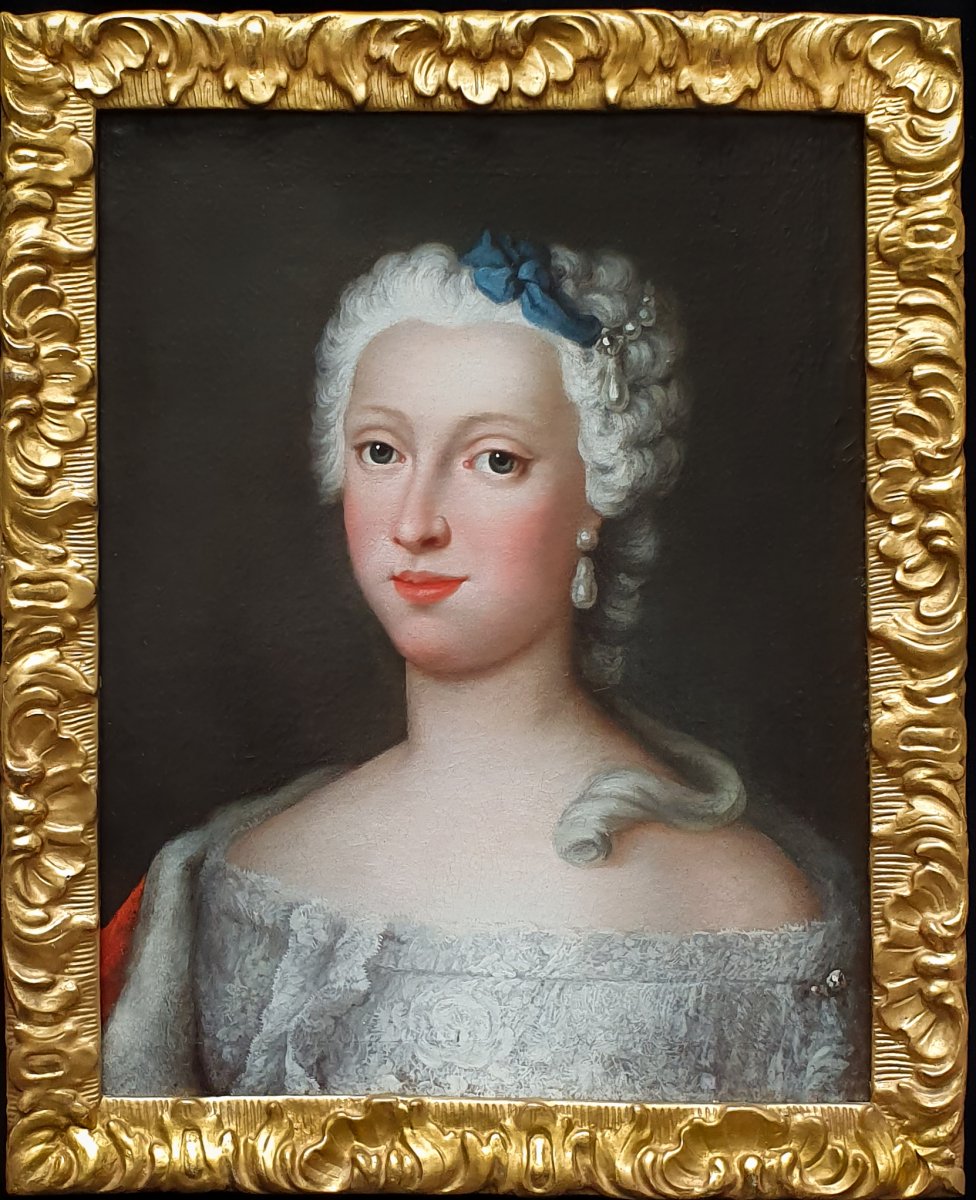
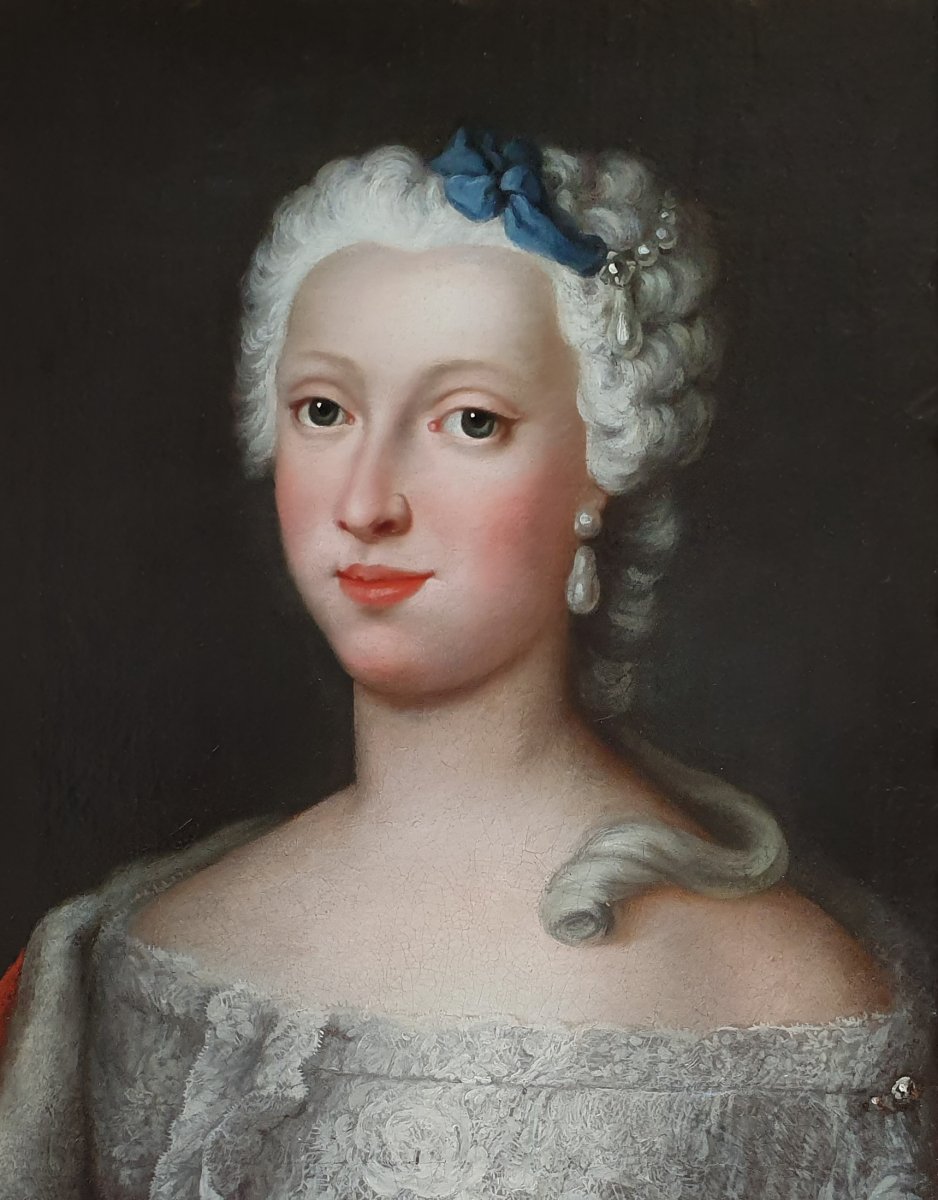
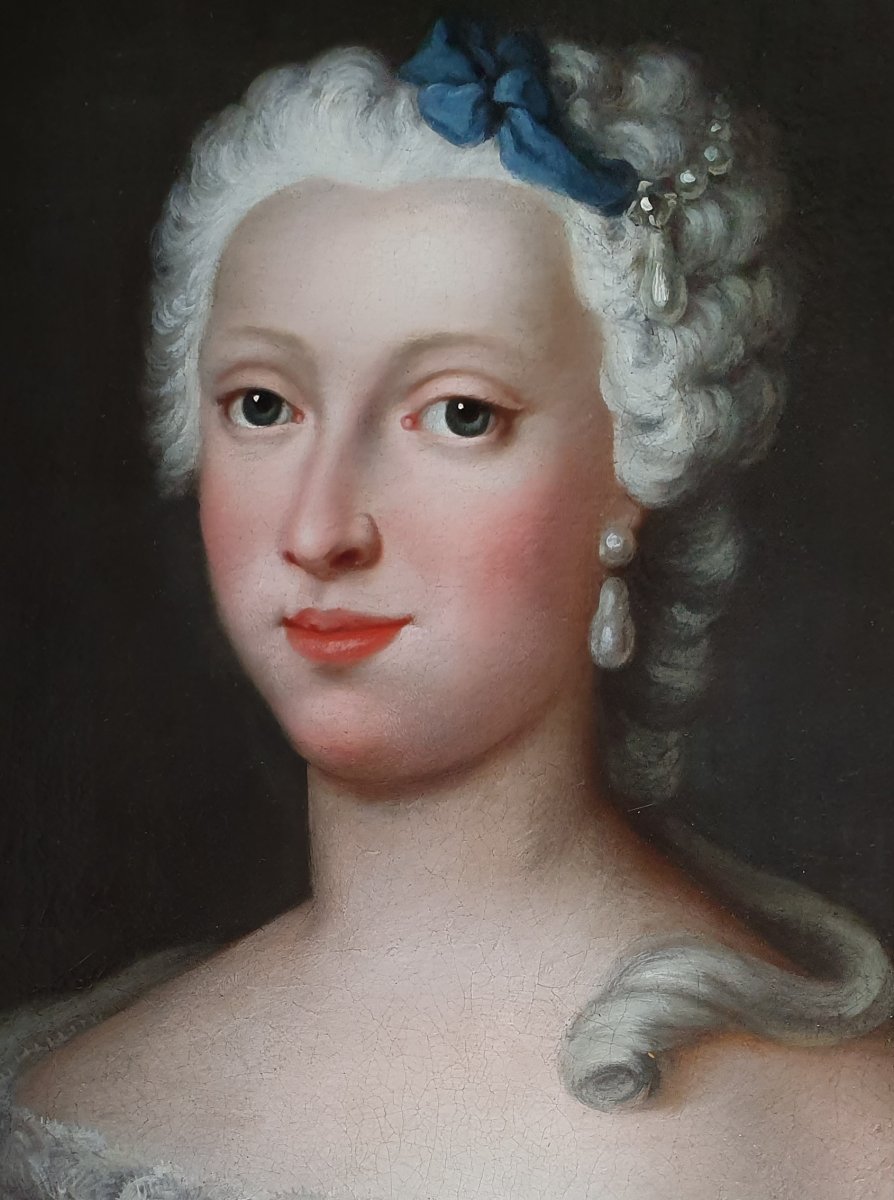

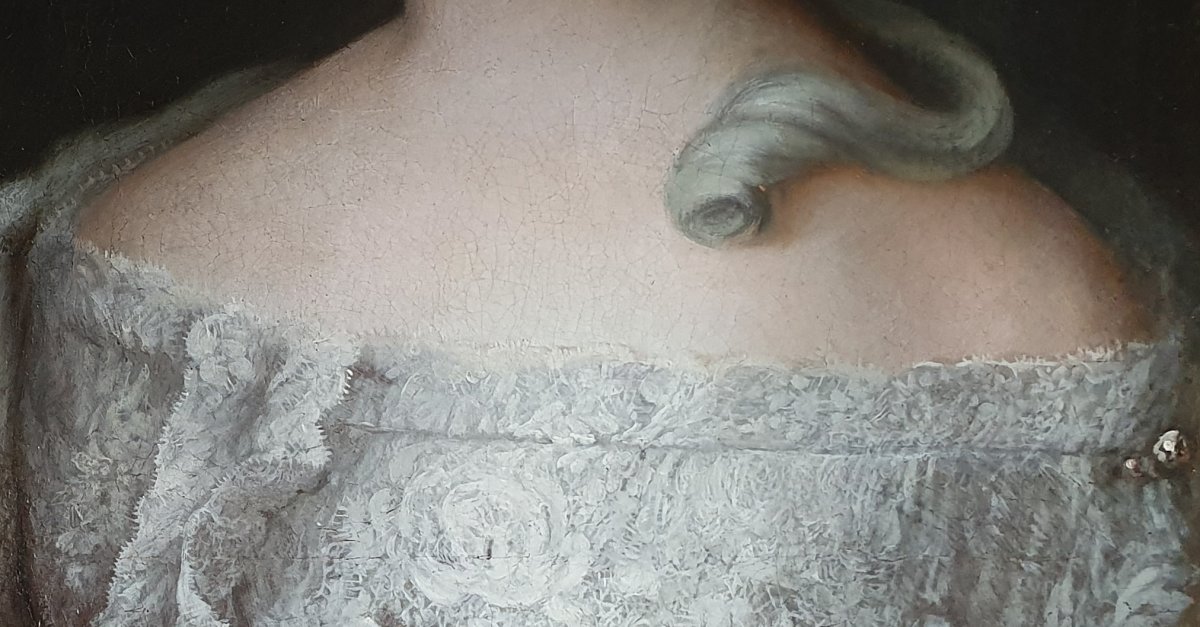






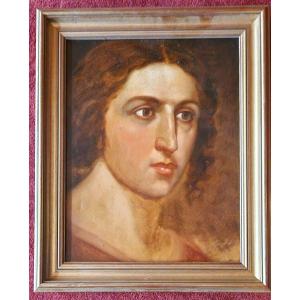

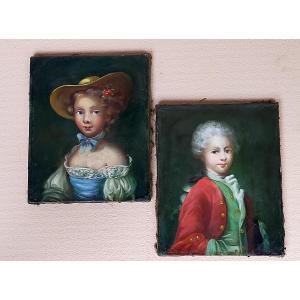






 Le Magazine de PROANTIC
Le Magazine de PROANTIC TRÉSORS Magazine
TRÉSORS Magazine Rivista Artiquariato
Rivista Artiquariato
